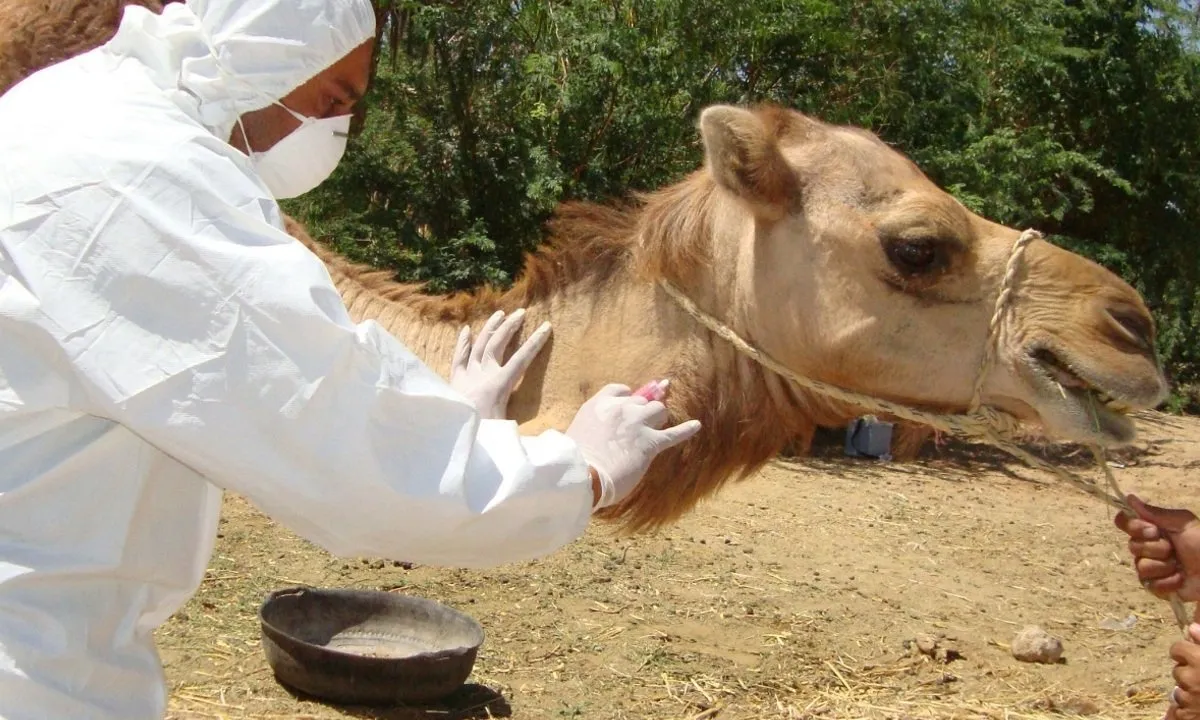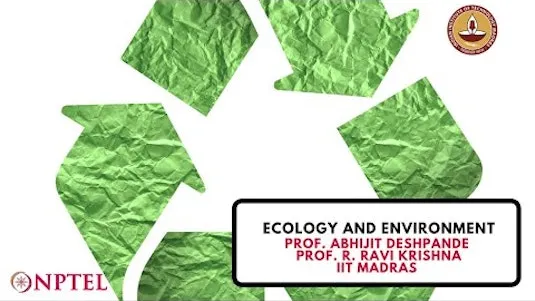
Global Health at the Human-Animal-Ecosystem Interface 
Discover the fundamentals of Global Health at the Human-Animal-Ecosystem Interface ▼
ADVERTISEMENT
Course Feature
![]() Cost:
Cost:
Free
![]() Provider:
Provider:
Coursera
![]() Certificate:
Certificate:
Paid Certification
![]() Language:
Language:
English
![]() Start Date:
Start Date:
31st Jul, 2023
Course Overview
❗The content presented here is sourced directly from Coursera platform. For comprehensive course details, including enrollment information, simply click on the 'Go to class' link on our website.
Updated in [March 06th, 2023]
This MOOC, "Global Health at the Human-Animal-Ecosystem Interface", is an 8-week course that explores and examines major and current Global Health Challenges at the Human-Animal-Ecosystem Interface. Participants will learn new concepts from the fields of epidemiology, social anthropology, disease ecology, veterinary sciences, global health policy, and more. They will also learn about innovative tools and frameworks used to study and tackle some of these Global Health challenges of the Sustainable Development Goals era.
The course is based on the One Health approach (human-animal-environmental dimensions) and involves more than 30 top experts from more than 20 academic and research institutions and international organisations based in Geneva, Paris, Montreal and the world. Policy makers from the World Health Organisation, clinicians from the University Hospitals of Geneva, epidemiologists from Institut Pasteur, and more will share their knowledge and experiences throughout the course.
The course includes video-lectures filmed in different parts of the world and settings, as well as the latest open readings and interactive activities in the discussion forum, video-conferences, and more. In May 2018, two new sections were added to the course: "Health Benefits at the Human-Animal-Ecosystem Interface" and "Management of Ecosystems under Global Changes: Implication for Human Health".
The development of this MOOC was led by Dr. Rafael Ruiz de Castañeda, Dr. Isabelle Bolon and Prof. Antoine Flahault from the Institute of Global Health of the University of Geneva. The list of instructors is completed by Prof. Arnaud Fontanet (Institut Pasteur) and Prof. André Ravel (Faculty of Veterinary Medicine, University of Montreal).
This MOOC is an excellent opportunity for participants to gain a better understanding of Global Health Challenges at the Human-Animal-Ecosystem Interface and to learn from top experts in the field.
[Applications]
Upon completion of this course, participants will be able to apply the knowledge and skills acquired to address global health challenges at the human-animal-ecosystem interface. They will be able to use the One Health approach to identify and analyze the interconnections between human, animal, and environmental health, and to develop strategies to prevent and control zoonotic diseases, antimicrobial resistance, neglected tropical diseases, and other human-animal conflicts. Participants will also be able to use innovative tools and frameworks to study and tackle global health challenges in the Sustainable Development Goals era.
[Career Paths]
1. Veterinary Epidemiologist: Veterinary epidemiologists are responsible for studying the spread of diseases among animals, as well as the risk factors associated with them. They use their knowledge of epidemiology, veterinary medicine, and public health to develop strategies to prevent and control the spread of diseases. This field is growing rapidly due to the increasing prevalence of zoonotic diseases and the need for better disease control strategies.
2. Veterinary Public Health Officer: Veterinary public health officers are responsible for monitoring and controlling the spread of zoonotic diseases. They use their knowledge of veterinary medicine, epidemiology, and public health to develop strategies to prevent and control the spread of diseases. They also work with local, state, and federal agencies to ensure that public health regulations are being followed.
3. Veterinary Microbiologist: Veterinary microbiologists are responsible for studying the microorganisms that cause diseases in animals. They use their knowledge of microbiology, veterinary medicine, and public health to develop strategies to prevent and control the spread of diseases. This field is growing rapidly due to the increasing prevalence of zoonotic diseases and the need for better disease control strategies.
4. Veterinary Parasitologist: Veterinary parasitologists are responsible for studying the parasites that cause diseases in animals. They use their knowledge of parasitology, veterinary medicine, and public health to develop strategies to prevent and control the spread of diseases. This field is growing rapidly due to the increasing prevalence of zoonotic diseases and the need for better disease control strategies.
[Education Paths]
1. Master of Science in Global Health: This degree program focuses on the study of global health issues and their impact on the world. It covers topics such as public health, epidemiology, health policy, health economics, and health systems. Students learn to analyze and evaluate global health issues and develop strategies to address them. This degree is becoming increasingly popular as the world becomes more interconnected and global health issues become more pressing.
2. Master of Public Health: This degree program focuses on the study of public health and its impact on communities. It covers topics such as health promotion, disease prevention, health policy, health economics, and health systems. Students learn to analyze and evaluate public health issues and develop strategies to address them. This degree is becoming increasingly popular as the world becomes more interconnected and public health issues become more pressing.
3. Doctor of Veterinary Medicine: This degree program focuses on the study of animal health and its impact on the world. It covers topics such as animal nutrition, animal behavior, animal welfare, animal diseases, and animal health management. Students learn to analyze and evaluate animal health issues and develop strategies to address them. This degree is becoming increasingly popular as the world becomes more interconnected and animal health issues become more pressing.
4. Master of Science in Environmental Health: This degree program focuses on the study of environmental health and its impact on the world. It covers topics such as environmental toxicology, environmental epidemiology, environmental policy, environmental economics, and environmental management. Students learn to analyze and evaluate environmental health issues and develop strategies to address them. This degree is becoming increasingly popular as the world becomes more interconnected and environmental health issues become more pressing.
Pros & Cons

Interesting and useful content

One health concept presented clearly

Interdisciplinary lens

Real improvements happening in the field.

Numerous errors

Quiz not showing what was wrong/right

Videos with no transcript/subtitles

Quiz questions too wordy and vague.
Course Provider

Provider Coursera's Stats at AZClass
Discussion and Reviews
0.0 (Based on 0 reviews)
Explore Similar Online Courses

Lead Nurture 101: How To Grow Like A Pro

Going Beyond the Logo: Boosting Brand Identity With an Effective UI

Python for Informatics: Exploring Information

Social Network Analysis

Introduction to Systematic Review and Meta-Analysis

The Analytics Edge

DCO042 - Python For Informatics

Causal Diagrams: Draw Your Assumptions Before Your Conclusions

Whole genome sequencing of bacterial genomes - tools and applications

South Asian Religions & Ecology

MGPE-014: Gandhi: Ecology and Sustainable Development

Ecology And Environment
 Related Categories
Related Categories
 Popular Providers
Popular Providers
Quiz
 Submitted Sucessfully
Submitted Sucessfully
1. What is the One Health approach?
2. What is the purpose of this MOOC?
3. Who is the lead developer of this MOOC?
4. What is the main focus of this MOOC?


Start your review of Global Health at the Human-Animal-Ecosystem Interface